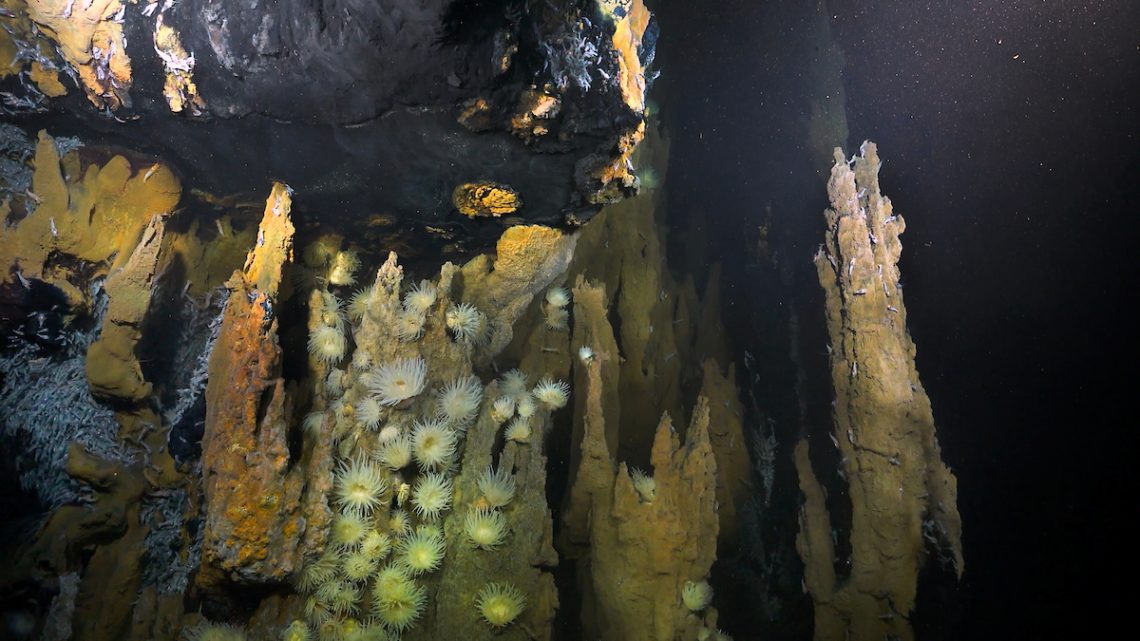Scientists Discover Three Hydrothermal Vent Fields on Mid-Atlantic Ridge
The inaugural expedition of R/V Falkor (too)—In Search of Hydrothermal Lost Cities—departed for the Mid-Atlantic Ridge on 2023-03-03. The expedition was led by chief scientist Dr. David Butterfield, University of Washington, and NOAA Pacific Marine Environmental Lab, with co-Lead PIs Dr. Joe Resing (U. Washington), Dr. Julie Huber (WHOI), and Dr. David Caress (MBARI), supported by a team of multidisciplinary scientists from the US, France, and Canada.
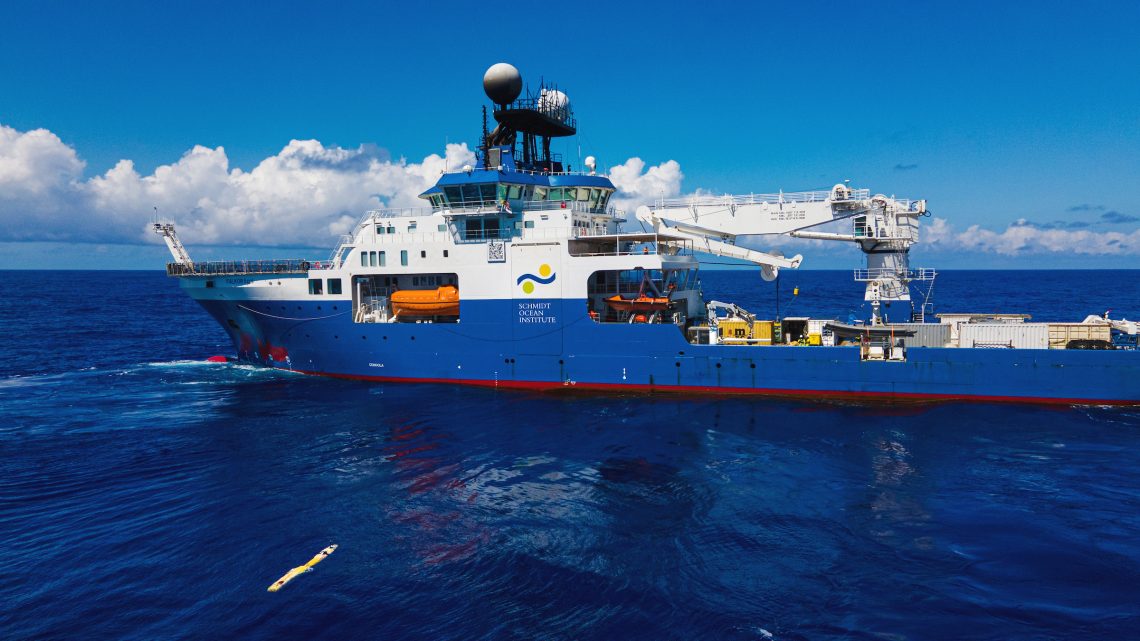
The team’s goal was to search for new low-temperature, alkaline vents similar to those in the Lost City Hydrothermal Vent Field in the Atlantic, one of the most challenging types of hydrothermal venting to find. The team was ultimately unsuccessful in locating these specific types of vents. Nevertheless, they had an outstanding voyage—discovering three new large vent fields on the ridge and capturing amazing video footage of the life surrounding these vents.
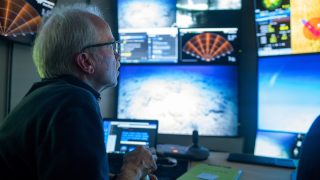
The newly discovered vent fields are situated at three locations: Puy des Folles Volcano, the Kane Fracture Zone, and Grappe Deux. The vent field at Puy des Folles has five active sites spread over 6.95 square miles (18 square kilometers), located at an average depth of 2000 meters. The Grappe Deux and Kane Fracture Zone vent fields are both nearly 4000 meters deep.
The success of the expedition resulted in news coverage in The Washington Post, NBC, Gizmodo, Miami Herald, Peta Pixel, the Conversation, Astrobiology, and Mongabay. Dr. David Butterfield presented the expedition at an Arts and Science Event with the Port of Seattle (see the Artist Corner section of this newsletter for details).
The data and samples collected from the expedition will be utilized to generate new information about the biology, microbiology, chemistry, and geology of the Mid-Atlantic Ridge’s hydrothermal vent systems for years to come.
SOI Releases its First Call For Expressions of Interest in Four Years
In March, SOI opened its Expressions of Interest (EOI) call for scientists and technologists to apply for ship time onboard R/V Falkor (too). The proposal process was restructured to seek projects that take place in locations and years indicated in SOI’s 10-year Expedition Regions map and make the process more inclusive of non-native English speakers. EOIs are accepted on a rolling basis, except for research proposed for 2024, which had a 15th May 2023 deadline. 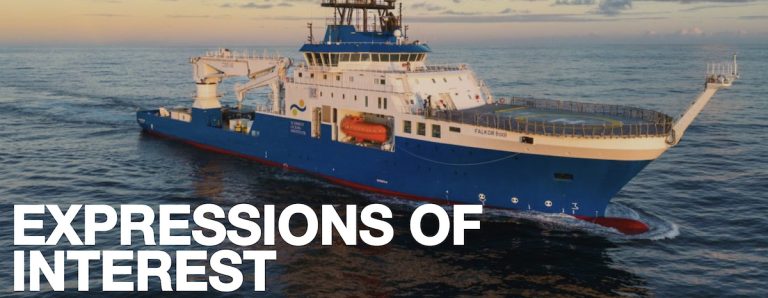 The shift to EOI acceptance on a rolling basis is a significant change to SOI’s proposal process. An EOI may be submitted for collaborative, multidisciplinary projects to be conducted aboard R/V Falkor (too) at any time, for any location and year identified on the 10-year regional map. Investigators may request R/V Falkor (too)’s full allotment of berths available for science in their EOI or may be partnered with additional projects at the full proposal stage to maximize the use of the vessel.
The shift to EOI acceptance on a rolling basis is a significant change to SOI’s proposal process. An EOI may be submitted for collaborative, multidisciplinary projects to be conducted aboard R/V Falkor (too) at any time, for any location and year identified on the 10-year regional map. Investigators may request R/V Falkor (too)’s full allotment of berths available for science in their EOI or may be partnered with additional projects at the full proposal stage to maximize the use of the vessel.
Another substantial change is the acceptance of video submissions in lieu of written EOI submissions. The shift in submission format supports SOI’s commitment to inclusivity by enabling increased submissions from international, non-native English speakers who prefer to propose their scientific projects visually or orally.
On the Horizon
This summer, four expeditions will embark from ports in Central America to work in the eastern Pacific. From studying deep-sea octopus to characterizing hydrothermal vents, the summer season will surely be awash with discovery. In August, the first expedition through SOI’s partnership with the National Geographic Society will be testing a new piece of technology to determine the characteristics of microplastics. Read more about each expedition below:
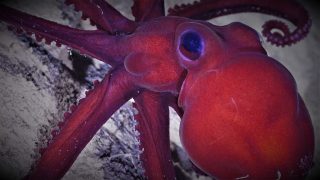 June: Octopus Odyssey
June: Octopus Odyssey
Co-chief Scientists Dr. Beth Orcutt of the Bigelow Laboratory for Ocean Sciences (USA) and Dr. Jorge Cortés of the Universidad de Costa Rica, with an international team of scientists, will investigate the biodiversity of unprotected seamounts in the underexplored northwestern edge of the Pacific Ocean Margin, near Costa Rica. Their primary location will be the Dorado Outcrop, where an “Octopus Garden” was first discovered in 2013. On this small outcrop, the size of a soccer field, an estimated one hundred female octopuses were found brooding their eggs along low-temperature hydrothermal vents, a never-before-seen phenomenon. Before this moment, female octopus has only been observed brooding their eggs alone, rather than in groups. The science team’s goal is to better understand the area’s hydrogeology, microbiology, ecology, and geochemistry, which may facilitate this fascinating behavior, and to characterize the life-supporting services provided by the ecosystems on these seamounts.
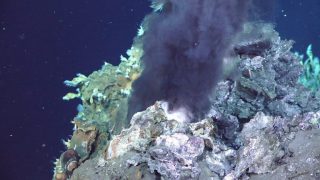 July: The Underworld of Hydrothermal Vents
July: The Underworld of Hydrothermal Vents
Chief Scientist Dr. Monika Bright from the University of Vienna and her international team of researchers will voyage to the East Pacific Rise to study life dwelling beneath hydrothermal vents and determine the drivers for how these ecosystems form in space and over time. The team hypothesizes that some protists, bacteria, fungi, animals, and animal larvae thrive underneath hydrothermal vents and that they are part of the populations that build communities when new hydrothermal vent systems form. The team suspects that some of these organisms are able to travel through the earth’s crust to find new vent fields and establish new communities.
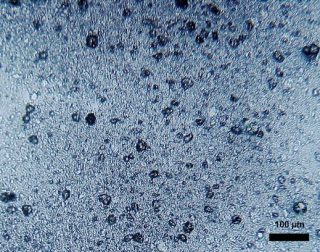 August: Dynamics of Sinking Microplastics
August: Dynamics of Sinking Microplastics
Microplastics are found throughout the entire Ocean, and studying them in the first few meters of water only scratches the surface. To assess the presence of microplastics in the entire water column, Chief Scientist Laura Simon Sanchez, a National Geographic Explorer, and her team will go beyond the surface to study microplastics’ vertical distribution and movement from the surface to the seafloor. The trajectory of microplastic to the seafloor is a crucial, but underexplored, component of their global impact. To determine the presence and sinking behavior of microplastics, the team will sample from Panama’s coast to the deep Ocean utilizing McLane Pumps and a newly developed filtration system aptly named UFO. The team’s technology and novel in-situ sampling method will be able to sample much larger volumes of water and measure microplastics from across multiple scales, from five mm to one μm.
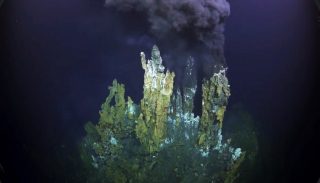 August/September: Hydrothermal Vents of the Western Galapágos
August/September: Hydrothermal Vents of the Western Galapágos
Chief Scientist Dr. Roxanne Beinart from the University of Rhode Island and her interdisciplinary team will explore the Western Galápagos spreading center to characterize never-before-seen hydrothermal vents and potentially discover new vents. While the region is known to be hydrothermally active, scientists have not yet had the opportunity to examine the vents on this section of the seafloor. The team will compare these vent systems’ chemistry, biology, and geology to those in the Eastern Galápagos spreading center, where hydrothermal vents were originally discovered in 1977.
We invite you to share the newsletter with your friends and encourage them to subscribe, so they do not miss our first look at Schmidt Ocean Institute’s activities.
Chapter 4 Newsletter – 2023 • Menu
Subscribe to our quarterly newsletter
